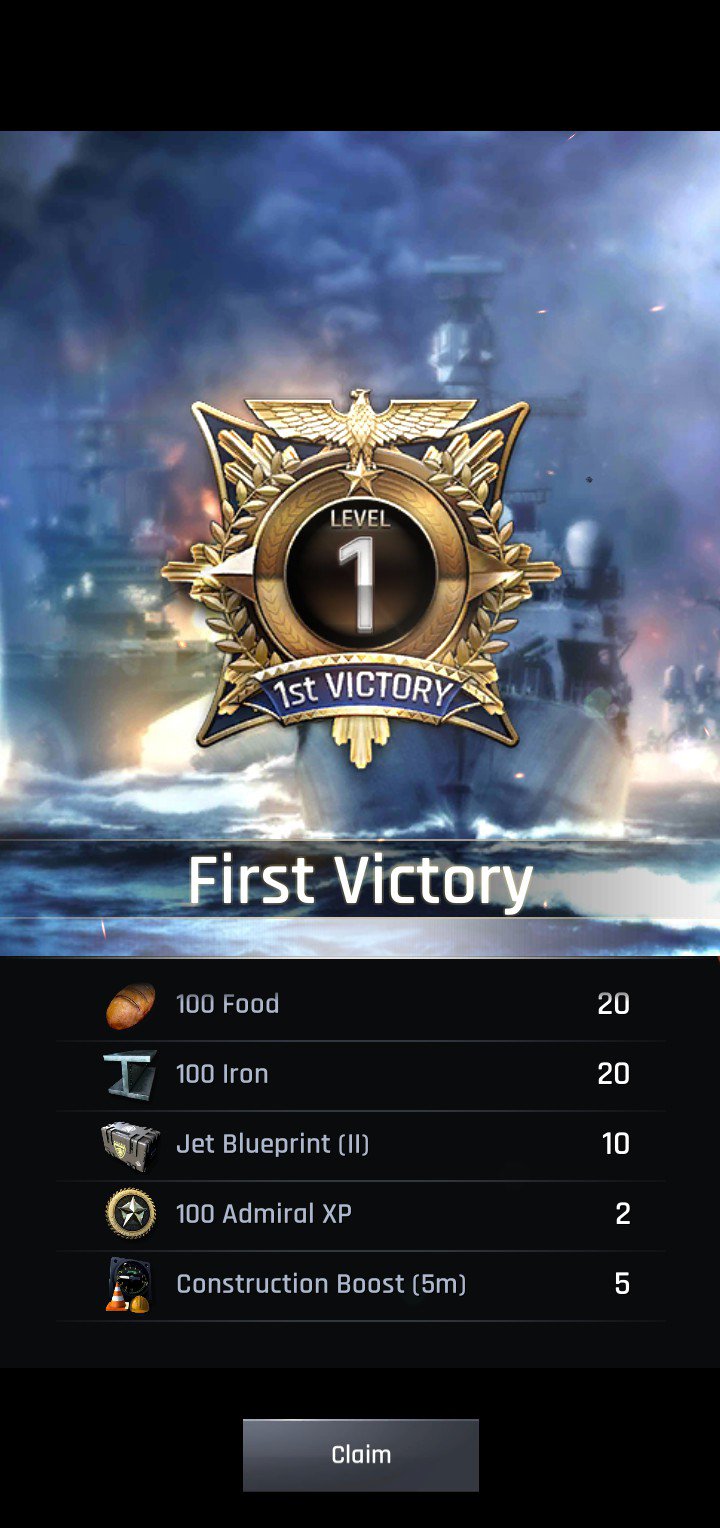

Energy supply before World War IIĪs shown in figure 1, Germany consumed only 122 MBD* of oil in 1939 since Germany had little crude oil & ample coal production resulting in few private cars and extensive coal fired rail transportation (note: USA oil demand at the time exceeded 3,600 MBD*). The British Army started the war with 250 planes, 26,000 automobiles and 827 motorcycles but had increased to 55,000 planes, 56,000 trucks, 23 automobiles and 34,000 motorcycles by the end of 1918.ĭuring the World War I, 80% of all the Allied petroleum consumption came from the US with the US Navy playing a key role in protecting oil transports to Europe from being sunk by German U boats. Nevertheless, most of the key military innovations used were oil fired such as: submarines, tanks, airplanes and motorized transport.Īs trucks replaced horses, airplanes were used initially for reconnaissance which led to fighter planes as a counterforce as well as dropping a few bombs on the enemy while in the air. However, the pre-war military logistics strategy of most countries was based on horses and other animals and there was worldwide oil glut since petroleum had few uses beyond making kerosene for lighting.įurthermore in the “War to end of all Wars”, Henry Ford’s “ Model T” was only in the 6 th year of production.

In August 1914 at the start of World War 1, the overseas oil imports for the UK and France came mostly from Iran, Mexico and the USA but German crude oil imports came overland from Romania. However for both geological and political reasons, the Russian oil fields declined significantly right after the Russian Revolution in 1917. Oil became a key factor in military might in the decade before World War 1 when the UK Royal Navy and US Navy shifted from coal to oil as a source of power which was soon emulated by other major navies.īy 1939, all naval vessels in the world and 85% of the merchant ships were burning oil for propulsion.Īt the start of the 20 th century, Russia was the world largest oil producer and responsible for over 50% of the global crude oil production. Mawn USN (Retired), the author looks at the evolution since World War I of the energy factor in conflicts.Įnergy is a key element driving conflict and fueling it as well.


 0 kommentar(er)
0 kommentar(er)
